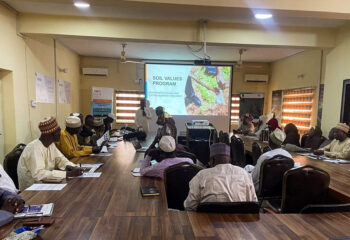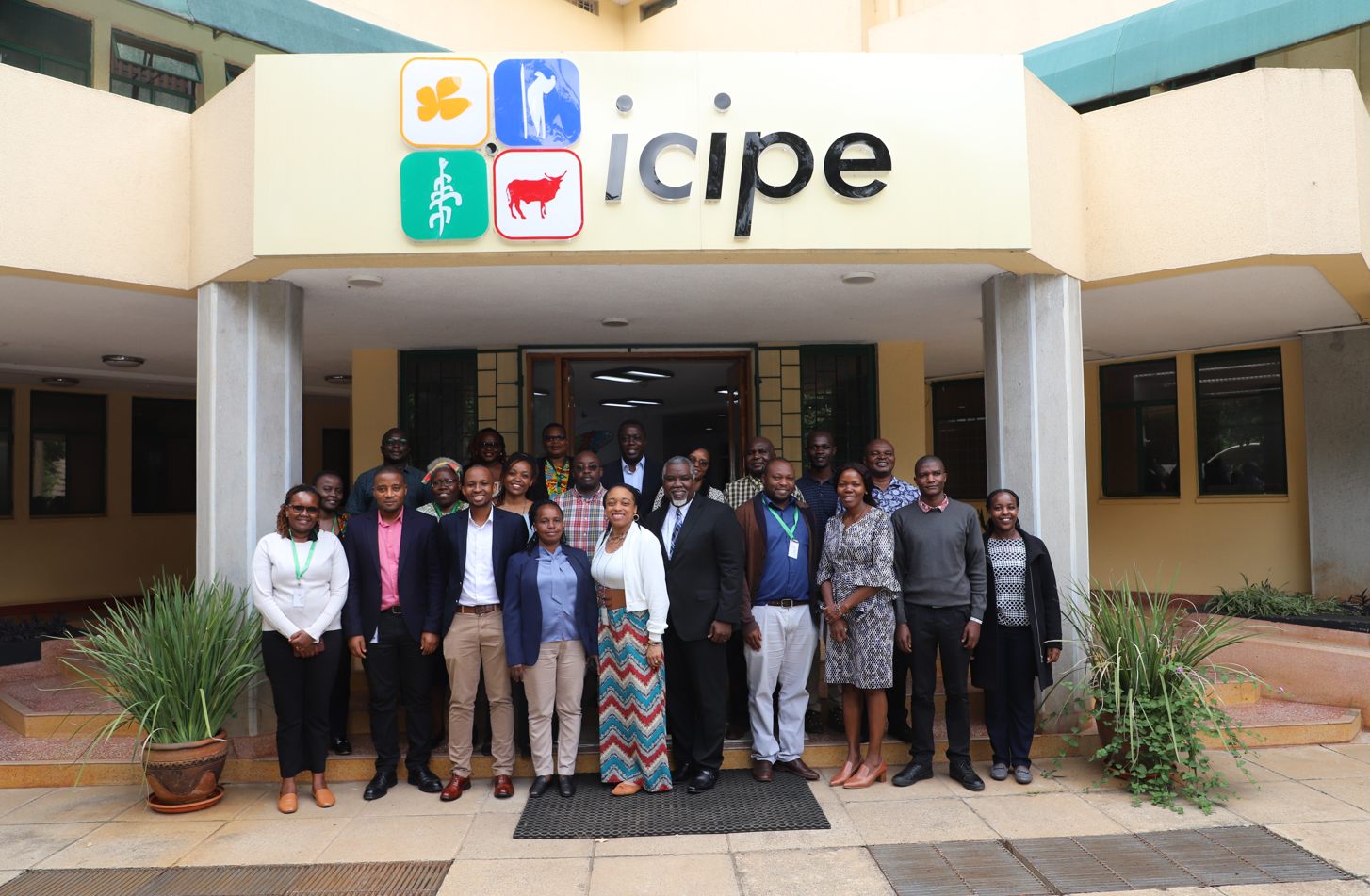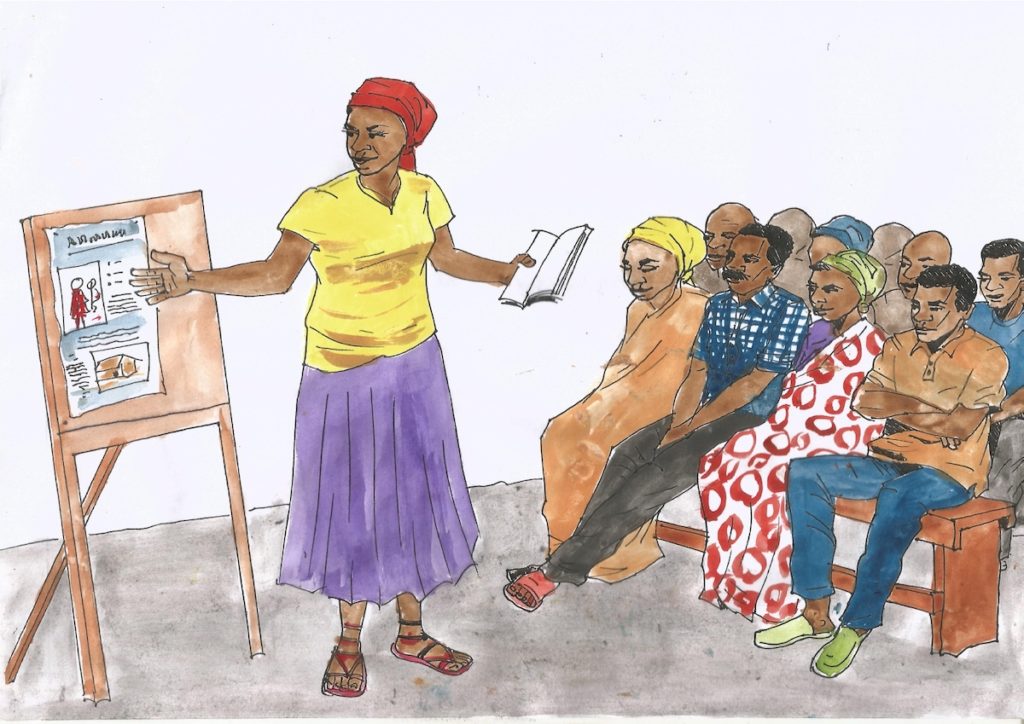
PAGRIS is strengthening the resilience and food security of households and communities in Burundi.
In Burundi, a country with an area of 27,834 square kilometers (km2), agriculture is practiced by more than 90% of the population, currently estimated at 12 million inhabitants. In 2008, the population density was 285 inhabitants per km2, with an annual increase of 2-3%. About 1 million households cultivate crops on family farms of about 0.5 hectares (ha). Agriculture is essentially subsistence, with yields generally too low to guarantee food security.
Among the vulnerabilities of agricultural households, poor access to land and the continuous degradation of these soils constitute major concerns, especially since the soil represents the first means and capital of production!
In fact, most soils in Burundi are of the tropical type, very fragile in nature and sensitive to erosion, with a low capacity to retain nutrients, a natural tendency to acidification, and consequently, a reduction in microbial activity and an increased risk of aluminum and iron toxicity. Added to this is the high population density and agricultural intensification, which no longer ensures integrated management of soil fertility. According to the World Bank, Burundi loses 38 million metric tons (mt) of its soil each year due to land degradation, which corresponds to 100 mt of soil per hectare per year in the most sensitive areas.
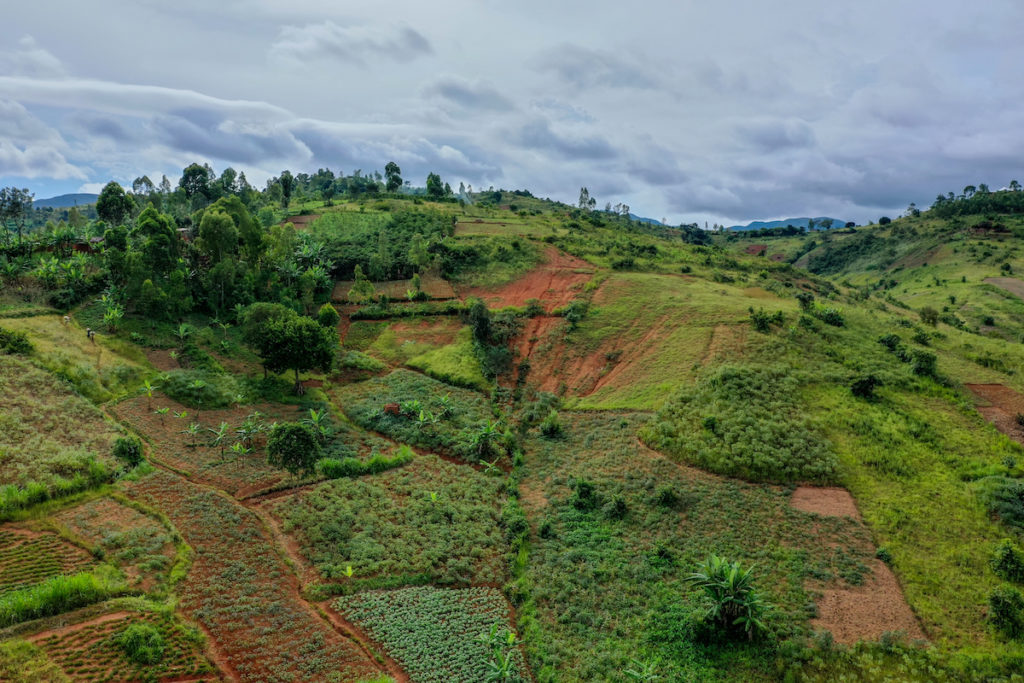
The PAGRIS Project
IFDC, with funding from the Embassy of the Kingdom of the Netherlands in Burundi, is implementing the Soil Fertility Stewardship Project (PAGRIS) in Burundi for a period of four years (2020-2024). Wageningen Environmental Research and Twitezimbere are collaborating on the project. PAGRIS seeks to achieve ecologically sustainable land management in Burundi at three levels: parcel, watershed, and institutional.
At plot level, households organize themselves to develop and implement an integrated management plan for the plot, based on a participatory learning approach.
At the watershed scale, communities organize themselves to develop and implement integrated management plans for the landscape and watersheds.
“It is with all these actions that the PAGRIS project contributes to plant health.”
At the institutional level, PAGRIS supports research and educational institutes to strengthen the development and transfer of knowledge in the field on the sustainable and integrated management of soil fertility. The project also supports the Ministry of the Environment, Agriculture and Livestock in the development and application of sector policies and in the improvement of access to fertilizers and quality amendments at affordable prices.
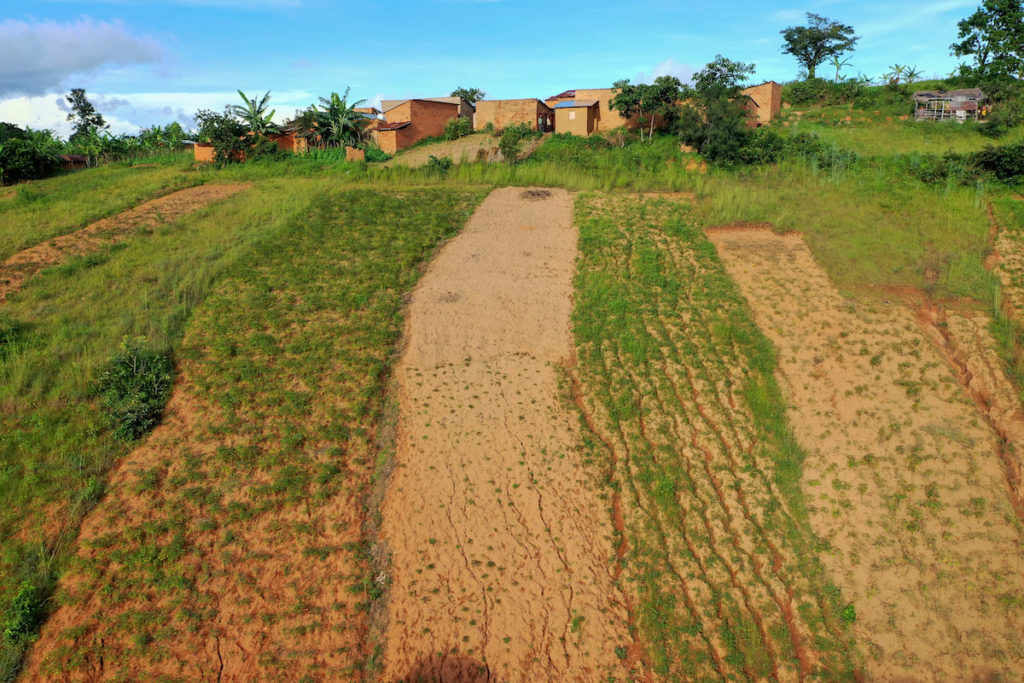
PAGRIS Contributions to Plant Health
The PAGRIS project supports households and communities in 154 hills in Burundi to organize themselves for the development and implementation of watershed management plans for integrated and sustainable land management.
Through this process, the project emphasizes sensitization and training of households and communities on good practices for soil protection and restoration of their fertility, of which access to quality inputs (amendments, fertilizers, and seeds) is an important part.

In this way, households and communities are more aware of the issues that concern them and engage responsibly in a process of soil protection and restoration of fertility through a reasoned choice about anti-erosion techniques and good practices that are accessible and adapted to the context.
Protected and healthy soils constitute the first productive resource of households and communities whose livelihoods depend on agriculture. Integrated soil fertility management contributes to strengthening the resilience of these households, particularly in the face of climate change, and allows them to significantly improve the quantity and quality of their production.
Indeed, healthy soils accompanied by good cultural practices allow the plants better access nutrients, which help to strengthen plants’ natural resistance against diseases and ensure a richer diet for consumers!
The main activities carried out under the PAGRIS project to protect the soil and restore its fertility to improve plant nutrition are as follows
- Sensitization of farmers on the problem of soil erosion and fertility and best practices for sustainable land management. Soil erosion is a major cause of soil acidification and loss of mineral elements needed for crop growth and production. Erosion promotes the depletion of soil organic matter and the accumulation of acidifying elements, such as aluminum and iron.
- Training of farmers on the importance of erosion control and the use of agricultural inputs (organic and mineral manure, quality seeds).
- Promotion of innovations on the production and valorization of biomass. This concerns composting practices, association of crops, cover plants, crop practices that produce a lot of biomass or which contribute to improving soil fertility (mucuna), planting of grasses and shrubs, agroforestry, and zero or minimum tillage.
- Improved access to inputs by the project’s target groups. This is done through support for the National Fertilizer Subsidy Program (PNSEB) and facilitation of group purchases.
- Production and dissemination of tools for raising awareness and training farmers on good agricultural practices.
- Promotion of the use of dolomite to fight against soil acidity: crops that grow on acid soils remain stunted and give a very low yield.
- Support for project beneficiaries in the implementation of their integrated farm management plans and site plans. These plans include soil protection activities, organic and mineral fertilizer inputs, and good agricultural practices, all of which contribute to increasing crop production. This increase in production can only be achieved when the crops have grown in a healthy environment (less stress caused by nutrient deficiencies, soil acidity, diseases and pests, and climatic hazards).
The integrated soil fertility management (ISFM) approach promoted by the PAGRIS project includes technologies for maintaining and improving soil fertility, as well as technologies for the management of crop diseases and pests. This greatly contributes to the good health of the crops and thus to the increase in agricultural production.
“It is with all these actions that the PAGRIS project contributes to plant health.”

